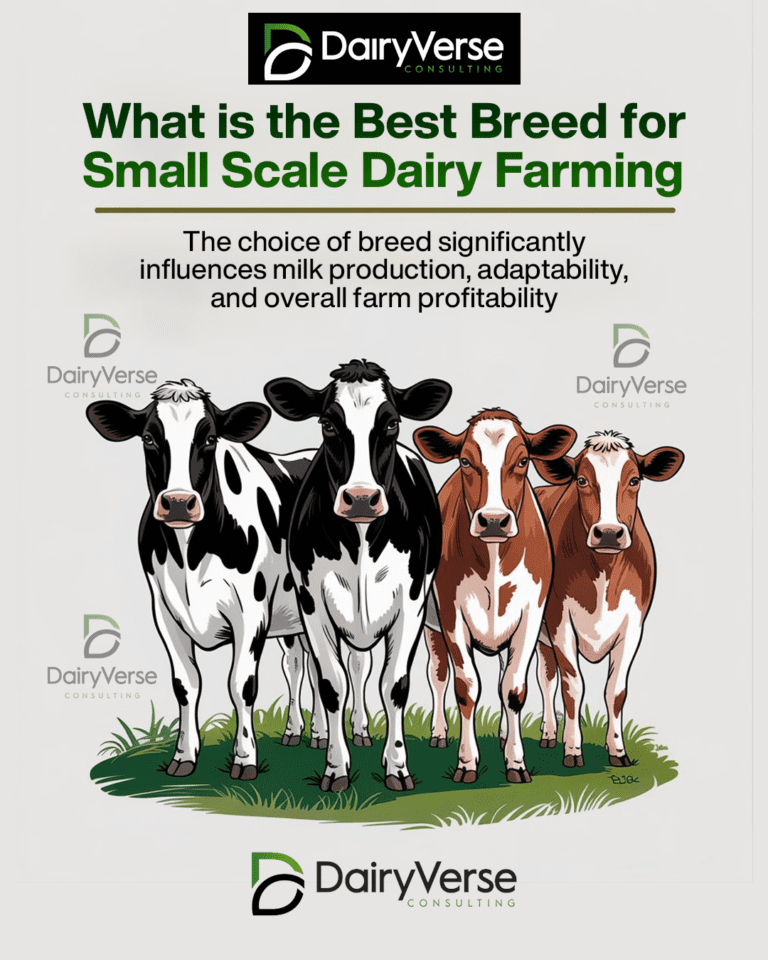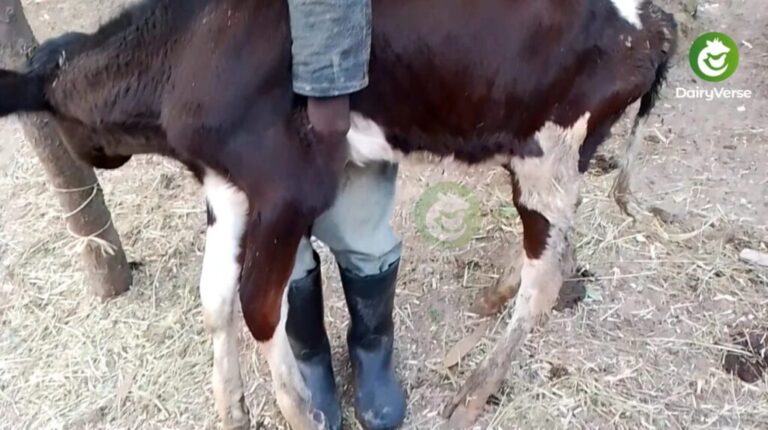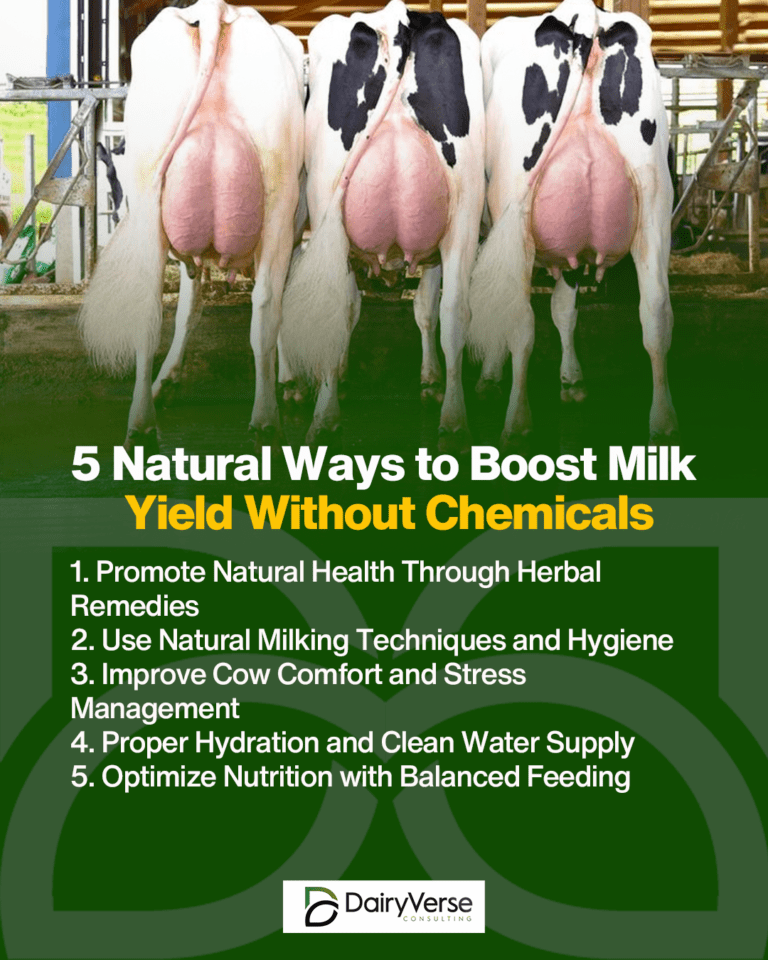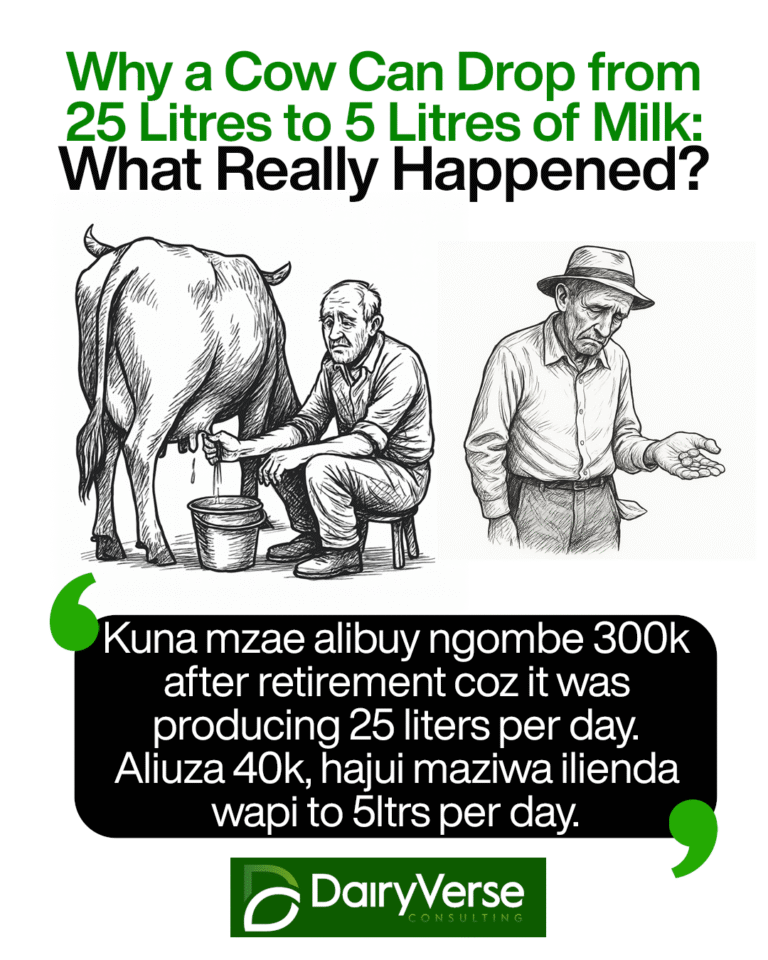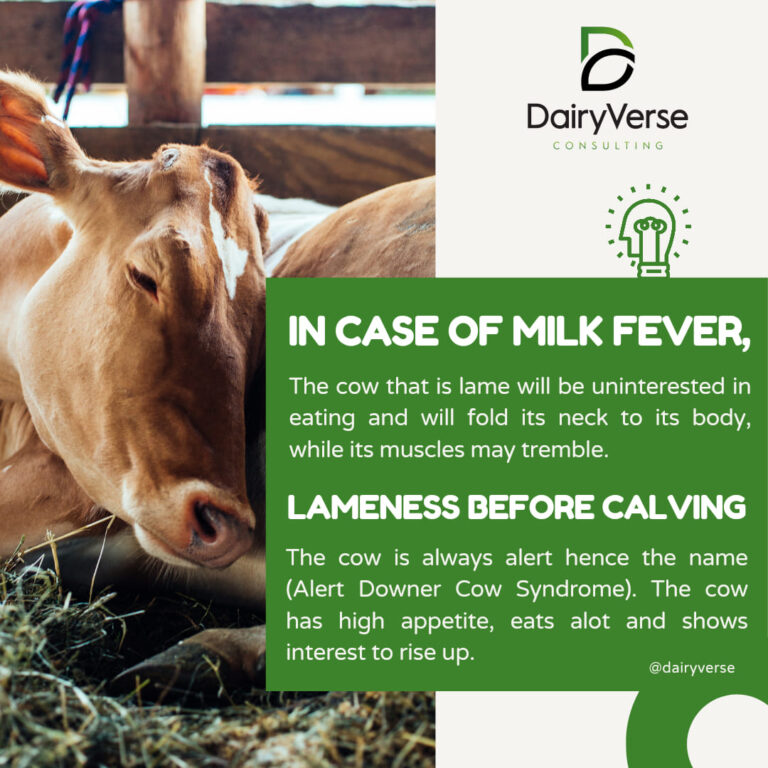Understanding the Role of Trace Elements in Dairy Cows: Causes and Solutions for Deficiencies
In dairy farming, maintaining the health and productivity of cows is essential for both economic and animal welfare reasons. Among the many factors that influence a cow’s well-being, trace elements play a critical role in ensuring optimal growth, reproduction, and milk production. A deficiency in trace elements can lead to noticeable symptoms, including changes in coat color, reduced fertility, and compromised milk yield. This article explores the importance of trace elements, the signs of deficiencies, and practical solutions for addressing the issue.
What Are Trace Elements?
Trace elements are essential minerals required in small amounts to support various physiological functions in dairy cows. These include:
- Copper (Cu): Important for coat color, enzyme function, and immune response.
- Selenium (Se): Vital for antioxidant activity and preventing oxidative stress.
- Zinc (Zn): Plays a key role in skin health, reproduction, and immune system function.
- Iron (Fe): Essential for oxygen transport in the blood.
- Cobalt (Co): Necessary for vitamin B12 synthesis, which supports energy metabolism.
Despite being required in small quantities, these trace elements have a significant impact on a cow’s health, productivity, and appearance.
Signs of Trace Element Deficiencies in Dairy Cows
When dairy cows lack adequate levels of trace elements, it often manifests in various physical and physiological symptoms. Common signs include:
- Changes in Coat Color and Texture:
- A copper deficiency may result in faded or brownish coats, especially in black-colored breeds.
- The hair may also appear dull and lose its natural shine.
- Reduced Milk Production:
- Cows with selenium or zinc deficiencies often show a decline in milk yield due to compromised health and metabolic functions.
- Lower Fertility Rates:
- A lack of essential trace elements can cause reproductive challenges such as irregular estrus cycles, low conception rates, or stillbirths.
- Weakened Immune System:
- Cows with inadequate selenium or zinc are more susceptible to infections and diseases, leading to increased veterinary costs.
- Growth Retardation:
- Young calves may experience stunted growth or poor weight gain if their diets lack sufficient trace elements.
Causes of Trace Element Deficiencies
Deficiencies in trace elements can result from various factors, including:
- Poor Quality Feed:
- Feed grown in mineral-deficient soils may lack the necessary trace elements.
- Inadequate Supplementation:
- Many dairy farms fail to provide appropriate mineral supplements in the form of blocks, loose minerals, or fortified feed.
- Antagonistic Minerals:
- Excessive levels of certain minerals, such as molybdenum or sulfur, can interfere with the absorption of copper and other trace elements.
- High-Producing Cows:
- High-yielding dairy cows have greater nutritional demands and are more prone to deficiencies if not properly managed.
Addressing Trace Element Deficiencies
Addressing trace element deficiencies requires a multi-faceted approach. Here are the steps farmers can take:
- Testing and Diagnosis:
- Consult a veterinarian or livestock nutritionist to perform blood tests or forage analyses to identify specific deficiencies.
- Supplementation Programs:
- Provide mineral supplements tailored to the herd’s needs. Options include:
- Mineral blocks or licks.
- Injectable trace mineral supplements.
- Fortified feed or concentrate.
- Provide mineral supplements tailored to the herd’s needs. Options include:
- Improved Feed Quality:
- Ensure that forage and feed are sourced from areas with sufficient soil mineral content or are supplemented appropriately.
- Fertility+ ®:
- Fertility+ ® addresses reproductive challenges, including delayed and silent heat, dystocia (difficult labor), and retained afterbirth.
- It guarantees improved fertility and conception rates in heifers. Apart from assisting in conception rates, it also improves the body condition and appetite.
- Regular Monitoring:
- Implement routine checks to ensure cows maintain adequate mineral levels throughout their productive life cycle.
- Avoiding Antagonistic Elements:
- Monitor and manage feed for excessive levels of molybdenum, sulfur, or other elements that hinder mineral absorption.
Conclusion
Trace elements are a small but vital component of a dairy cow’s diet. Deficiencies can result in visible symptoms, such as a change in coat color, and serious production losses due to compromised health and performance. By understanding the role of trace elements and taking proactive steps to ensure proper supplementation, dairy farmers can enhance the productivity and welfare of their herds. Investing in appropriate testing, supplementation, and feed management will not only prevent deficiencies but also improve overall herd health, translating to better economic outcomes for the farm.


